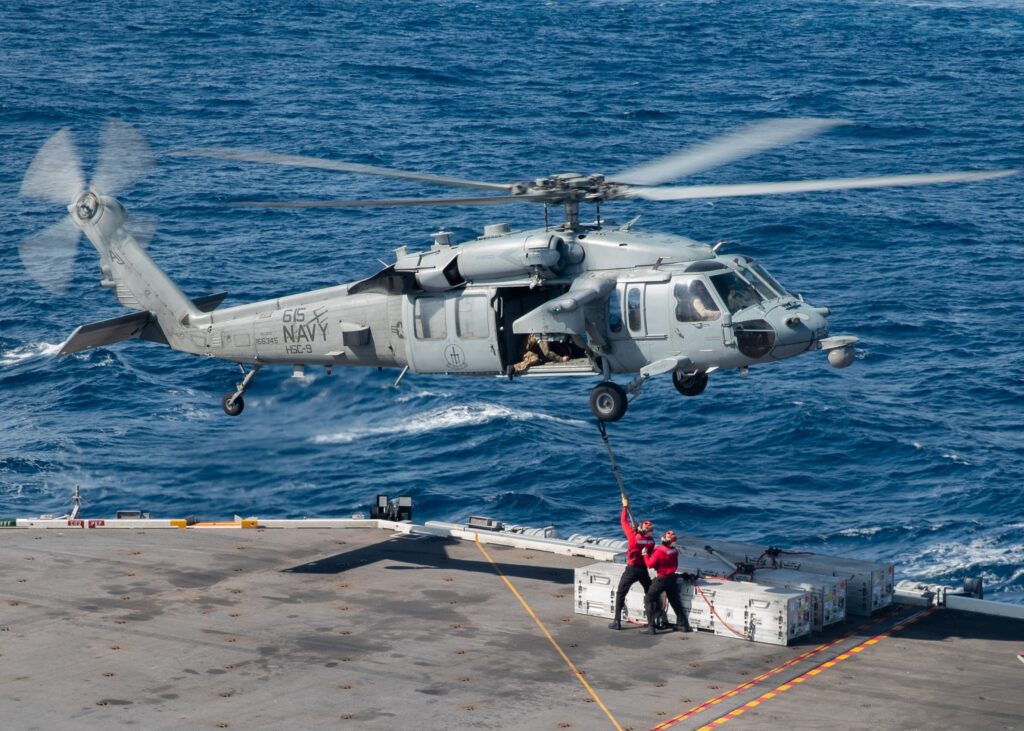
*****
WASHINGTON — The U.S. Navy has completed analysis of its options for future rotorcraft to replace the service’s MH-60R and MH-60S Seahawk helicopters and has forwarded the analysis to the Office of the Secretary of Defense.
Rear Admiral Andrew J. Loiselle, director, Air Warfare Division, testifying April 19 before the Tactical Air and Land Forces subcommittee of the House Armed Services Committee, said the Analysis of Alternatives for the Navy’s version of Future Vertical Lift (FVL) has been forwarded to the OSD’s Cost Assessment and Program Evaluation (CAPE) office.
“Once [CAPE] is done with that sufficiency assessment, then we will absolutely move on to selecting a preferred alternative for the Navy, and all the costing and acquisition documentation necessary to reach a Milestone A, likely in about the [fiscal] ’25 time frame,” Loiselle said.
The admiral said the Navy’s FVL effort, “is about five years behind the Army, as far as an acquisition program goes. […] That fits with when we expect service life to be expired in our Sierra [MH-60S] and Romeo [MH-60R] fleet. “
The Navy has service-life extension programs underway or planned for both types of helicopters. The MH-60S extension is to extend their service lives from 10,000 flight hours to 12,000 flight hours, about seven years, into the 2030s.
Loiselle said a service life extension for the MH-60R can be delayed until the 2030s because the Navy has some new-production MH-60Rs in storage that can be brought into service.
Loiselle said the Navy is tuned in to the Army’s FVL efforts and is predominately focused on mission systems.
He noted that of the Army’s planned airframes, the Future Long-Range Assault Aircraft (FLARA) is too large for the flight decks of the Navy’s destroyers and the Future Attack Reconnaissance Aircraft (FARA) is, “too small for our needs, so I don’t see a direct correlation to our requirements to theirs, however, that does not mean we will not have numerous opportunities.”






